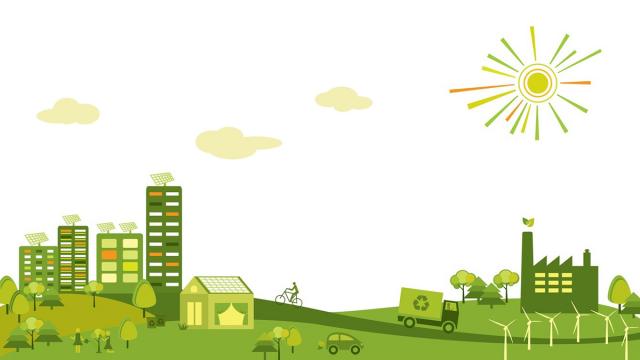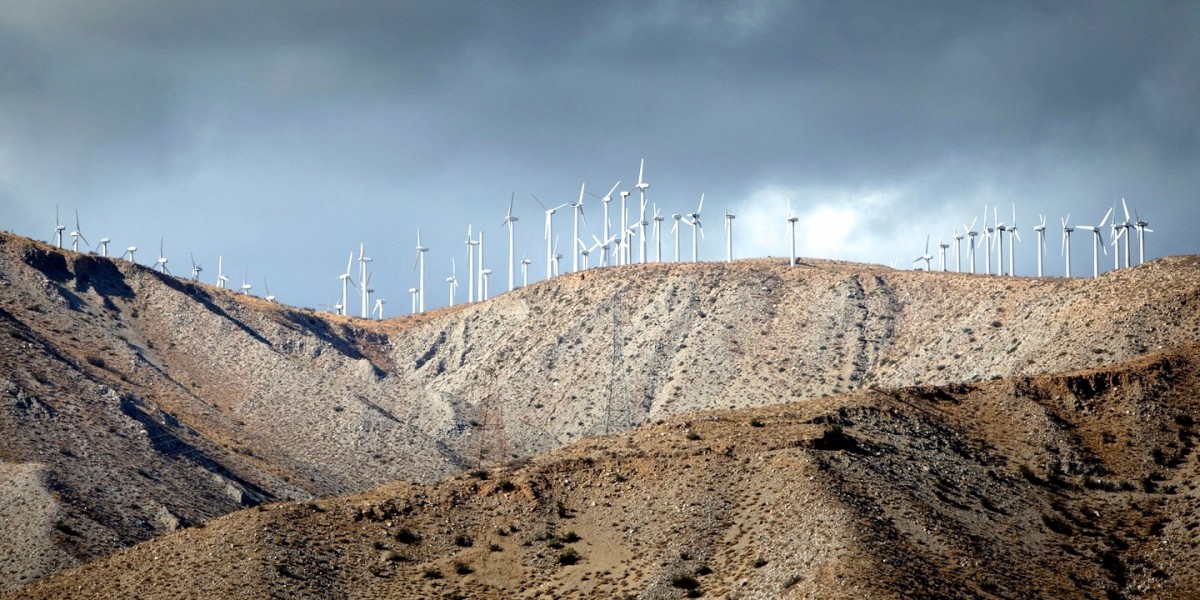
The November midterms have reset U.S. politics, but progressives have a long ways to go to actually move their agenda forward. On the positive side, by retaking the House of Representatives, Democrats will be able to check the Trump administration and its Republican allies in Congress. Of particular note is the incoming class of young, progressive women of color.
The so-called “Blue Wave” also swept many Democrats into office in statehouses and governorships, while many progressive ballot initiatives – minimum wages, expanded Medicaid and restoration of voting rights, for example – passed with solid majorities. Democrats and progressives will not be in position to pass major legislation in the U.S. Congress for the next two years.
But being in the opposition will help activists at the grassroots build on the already impressive organizing that has taken place over the past two, while allowing congressional Democrats to propose progressive legislation and make the case to the American people in the lead-up to the 2020 elections. This policy messaging has been evident since early 2017, most notably by consolidating a strong consensus among potential Democratic presidential candidates in support of Medicare for All.
Some have come out in favor of significant increases in the minimum wage while others have been drafting legislation on new rules for banking and corporate governance. Activists promoting a “Green New Deal” and have lined up the support of over 35 (and counting) progressives in the new House. This welcome emphasis on climate change has been accompanied by increasingly dire warnings about the climate and extreme events such as the recent hurricanes in the Southeastern U.S. and wildfires on the West Coast. Public awareness and concern are perhaps higher than ever before.
The Trap
Despite increasing optimism since the midterms, the Democratic victories do not necessarily lay a strong foundation for a progressive shift, even leaving aside Republican control of the White House and Senate. The problem, as Matt Karp described it in Jacobin, is that almost all of the Democratic pickups in the House were in affluent suburbs – constituencies more likely to be interested in restoring “balance” to government and protecting homeowner privileges than in $15 an hour wage hikes, more progressive taxation and other significant changes to the economy.
The upshot, as Karp explained, is that the election results represented not so much a “blue wave,” but a “deepening of the familiar twenty-first century partisan trench.” Karp also observed that the Democratic Party increasingly represents wealthy Americans. The 20 most prosperous House districts are now represented by Democrats and of the wealthiest 40 districts in the country, 35 will be represented by Democrats in the new Congress.
At the same time, although Democrats finally got rid of the odious Scott Walker to win the Wisconsin governorship, most gains in that state were driven by increased voting by college graduates in Milwaukee and Madison, while the margin of victory among union workers fell from 31 points in 2014 to just 14 this cycle.
The problem for progressives, then, is that while the Democratic Party made important gains in the midterms, there is no clear support for major progressive changes beyond health insurance and some other social safety net measures along with oversight of the Trump administration, the restoration of fair voting, and the defense of abortion rights.
In other words, the Democrats appear to be stuck in the familiar bind whereby they attempt to make gradual reforms in the face of Republican obstruction and dirty tricks, without addressing massive inequalities in the economy and other urgent issues, thereby paving the way for even more reactionary and authoritarian Republican rule in the future.
If progressive Democrats are to succeed in actually bringing about a significant transformation of the political economy – including the sweeping changes needed to address climate change – they are going to have to find a way to get beyond politics as usual. The pragmatic, incremental approach they have practiced for the past several decades have made a few important gains, but otherwise helped to consolidate a tectonic shift to the right in U.S. politics. For Democrats, it's time to rewrite the script.
The Escape
How to solve the dilemma? Simply put, the party must expand its base. The inspiring candidacies of Stacey Abrams, Andrew Gillum and Beto O’Rourke in conservative states, which appealed to new voters on the basis of progressive platforms, have already begun that important work – reaching out to people in small towns outside of major metropolitan areas with campaign messages about healthcare, jobs and basic social justice.
Such efforts should continue and be expanded. Skeptical Democratic centrists have cast doubt on these strategies, but these progressive candidates and others have done much better than the centrists in conservative-leaning states. It should also be emphasized that without voter suppression, Abrams and Gillum would almost certainly be the incoming governors in Georgia and Florida.
There is also a foundation to build on in the former industrial heartland. Even though the old Democratic coalition has weakened considerably over the past three to four decades with the decline of manufacturing and organized labor, unions still exist along with pro-union sentiment – as seen by the support for Bernie Sanders’ primary campaign in 2016 and the sweeping 2018 teacher strikes.
But progressive Democrats must go much further and take on the fundamental injustices of the corporate capitalist economy that does not work for the majority of Americans and, incidentally, for the planet as well. Universal health insurance and an increased minimum wage would certainly help many disadvantaged families stay in their homes and avoid bankruptcy from spiraling healthcare costs.
But such programs don't revitalize stagnant local and regional economies nor promote economic justice. Only by investing in former industrial centers, small and medium-sized towns, inner cities and rural areas will it be possible to create opportunities and bring about the kind of transformative change needed to create an economy that works for everyone and ceases despoiling the environment.
No doubt, Democrats have lost much of their support in former industrial and rural areas as they have done little to address the devastation caused by the loss of manufacturing jobs. This devastation continues as seen in the recent announcement by General Motors that it is closing five major factories in the U.S.
The opportunity here for Democrats is that Republican ideas about the “free market” and support for big business cannot solve the problems of declining industry. Leaving people to the vagaries of the market while transferring ever more wealth to corporations only accelerates the losses. Democrats, of course, have been complicit in this trend for the past several decades. To enlarge their base, Democrats are going to have to figure out how to restore the jobs and livelihoods of the former industrial workforce and improve the conditions for all workers.
Progressives should also step up their engagement with rural areas. While rural America overall is definitely “red,” it encompasses a huge area and diverse set of people, economic problems, and potentials. It is also untrue that no one ever votes for a Democrat in rural Iowa, Nebraska or Ohio. From an electoral point of view, having down ballot candidates in state and local elections and contending for office everywhere will help harvest votes for Democratic candidates for national office.
Democrats do not need to win the rural areas; they just need to do better in those places than they have recently. They need to compete electorally and in their messaging. It is also crucial for Democrats and progressives to recognize that farms, forests and grasslands are critical elements of a broad solution to climate change.
Progressives have significant potential to make progress in appealing to rural voters because Republican ideas on healthcare and the economy have done nothing for small towns and cities over decades of neoliberal economic policies. As voters in Kansas and elsewhere have finally realized, cutting corporate taxes and state budgets for education did nothing except blow up state balance sheets and reduce services without delivering promised economic growth.
The current U.S. economy offers little to small towns and former industrial areas except big box stores and factory farms. Progressive policies, on the other hand, have significant support, often majority support, just about everywhere. Medicare for All, reduced drug prices and minimum wages are just a start. Putting people back to work, for example, through a major infrastructure program would take it to the next level.
In sum, places that normally favor Republican candidates for the Senate and House, as well as in statehouses and local jurisdictions, have economic problems that only progressive policies can address. This gives progressives the opportunity to make inroads in these areas. But they have to rebuild trust and relationships with these communities focused on solving core economic problems that have lasted for decades.














